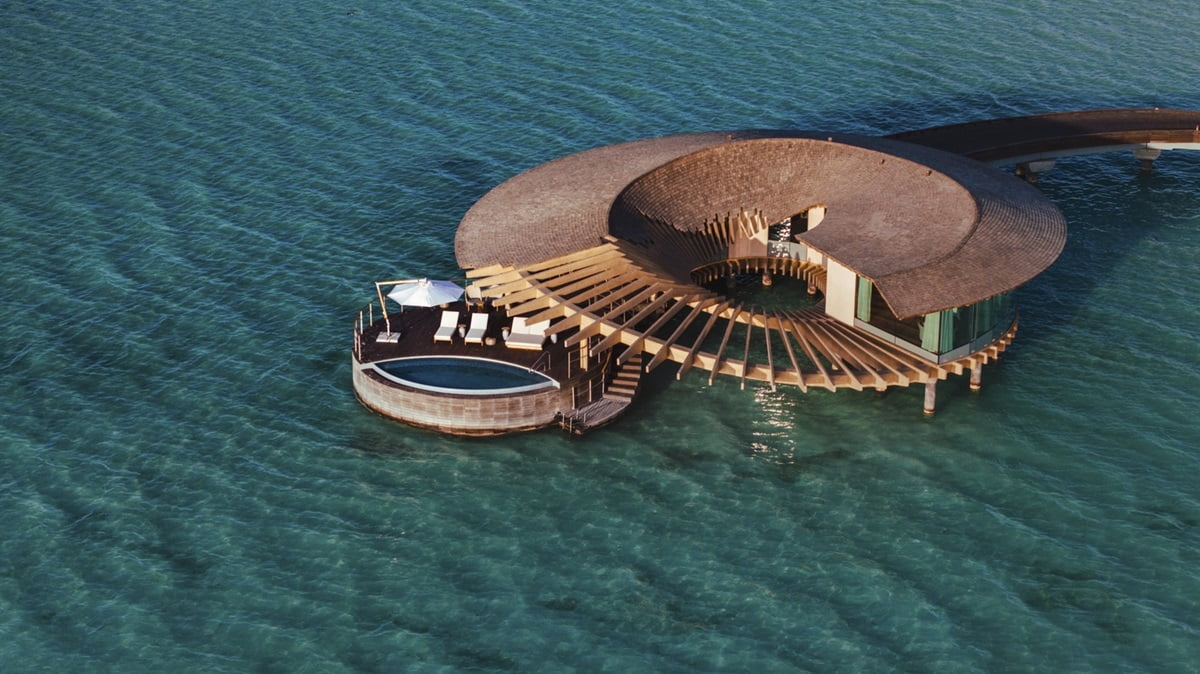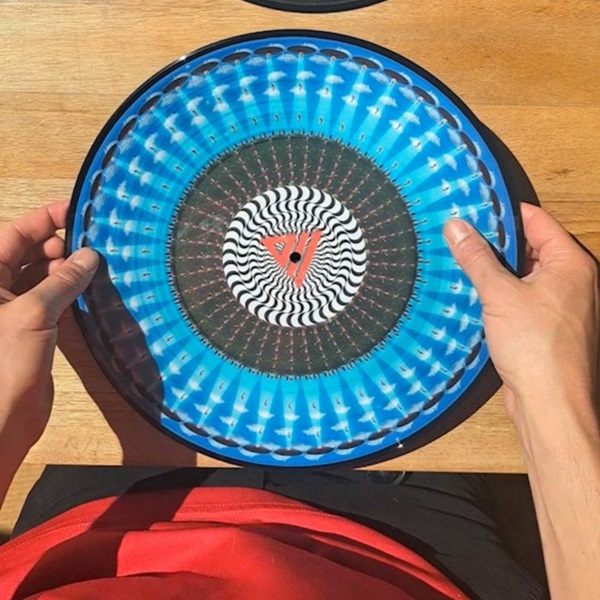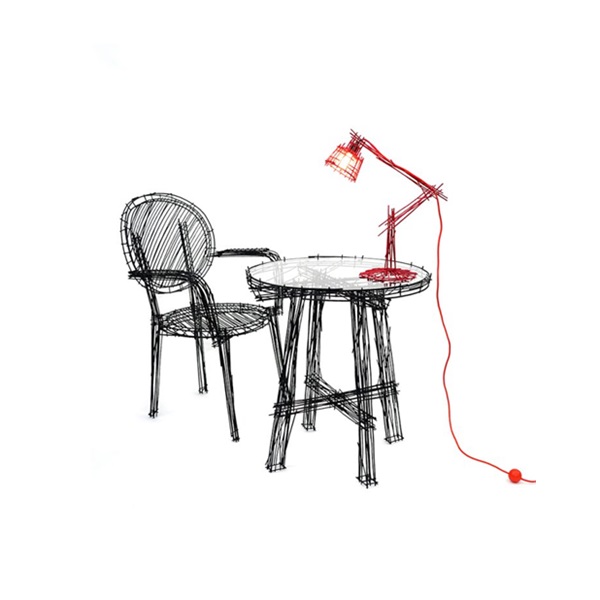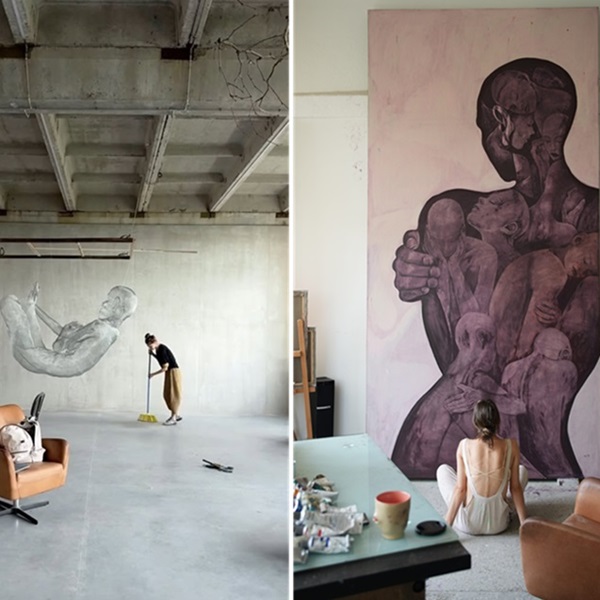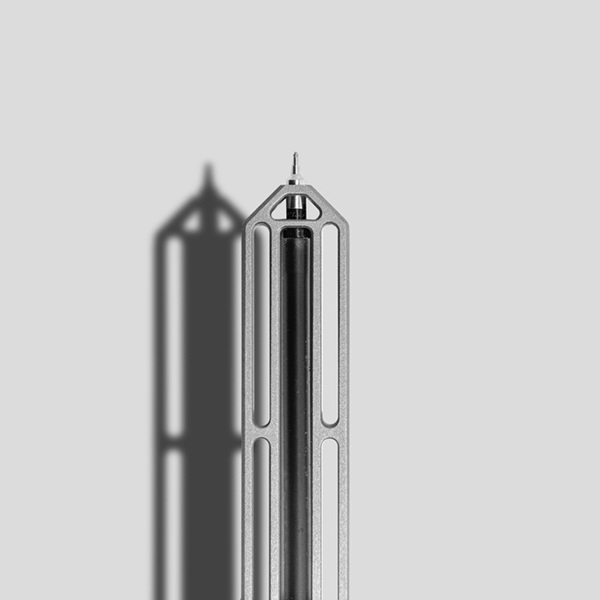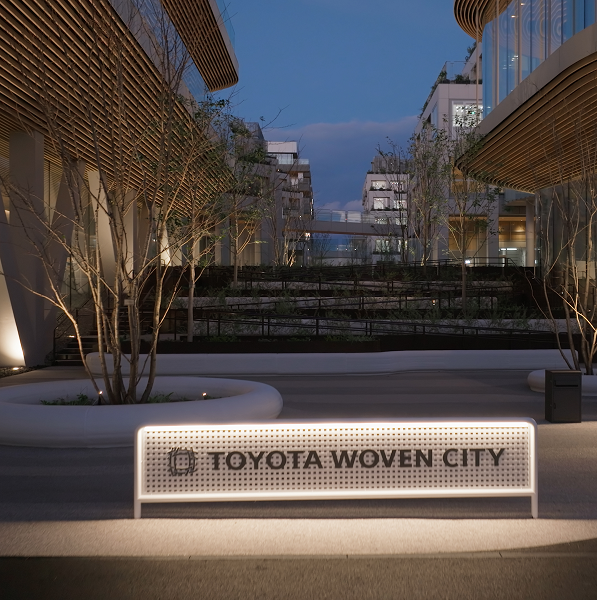Saudi Arabia launched the Red Sea Project in 2017. When completed, the Saudi Arabia Red Sea Project will consist of 50 hotels with 8000 rooms. One of the shining projects is Ummahat 9-3 hotel that Kengo Kuma will finish in 2024.
Kengo Kuma & Associates created a project on 17000 sqm space. The company has a strong design team including Nicola Maniero, Derin Kinacigil, Juan Franco, etc. The project which is within the scope of Red Sea Project Saudi Arabia involves 90 villas.

Image Credits: Archdaily
Eco-Conscious Design of the Ummahat 9-3 Hotel
Saudi Arabia plans a huge Red Sea Beach tourism project that involves Ummahat 9-3 hotel as well. The project lies a visionary design ethos deeply connected to its natural surroundings. The Red Sea Saudi Arabia contractor integrated the hotel with the unique landscape of Ummahat AlShakyh Island. the team got the inspiration from the island’s delicate ecosystem.
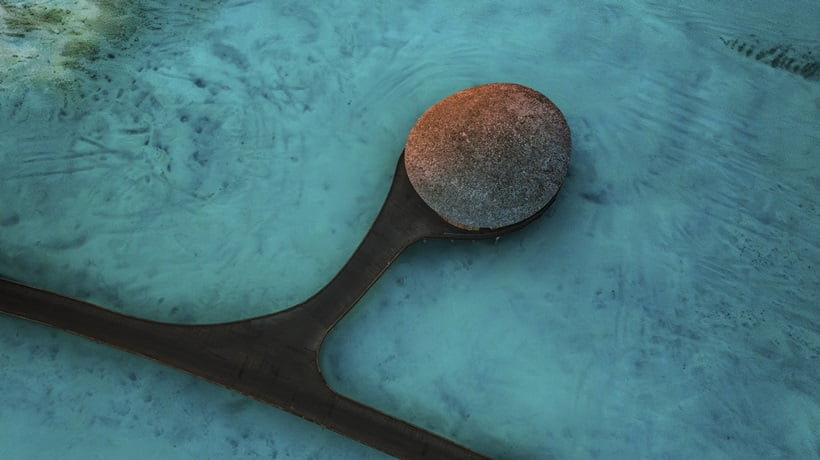
Integration with the Desert Landscape
There are several hotels in Red Sea project Saudi Arabia. Each of them is in a harmony with the beauty of the Red Sea. In addition, Ummahat 9-3 Hotel project’s design narrative unfolds with a profound respect for the land. The Land Villas, characterized by their low, horizontally oriented structures and gently curved roofs, mimic the natural contours of the sand dunes. This thoughtful approach not only ensures guest privacy but also preserves the island’s pristine topography.
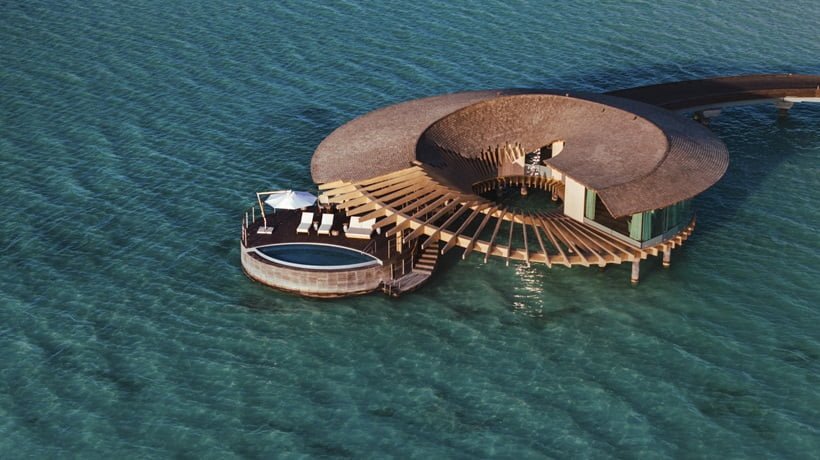
Organic Architecture of the Ummahat 9-3 Hotel
There are offshore sea villas within the project. These villas emerge as stunning architectural marvels. The architects at the Kengo Kuma company got inspiration from the rich coral formations beneath the waves. In addition, these villas feature spiral volumes that gracefully ascend from the sea and offers views of the ocean landscape. Each structure, from the hotel facilities to the sea villas, embraces a coral and dune-shaped plan.
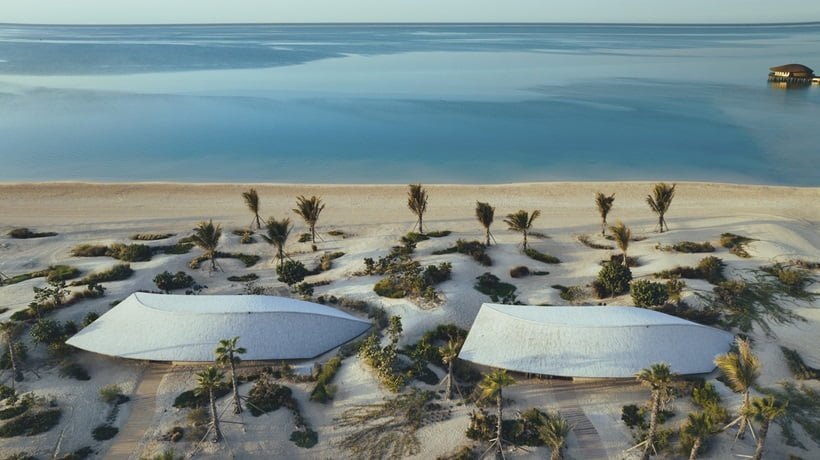
Sustainable Material Selection
Innovative material selection lies at the core of the project’s sustainability initiatives. By minimizing the use of concrete and embracing prefabrication systems, the architects have ushered in a new era of eco-conscious construction. For example, the company used spruce wood which is durable in saline environment. In addition, the design team integrated clay plaster that echoes the patterns of sand dunes. Lastly, natural cedar wood shingles adorn the roofs, not only enhancing the aesthetic appeal but also standing resilient against harsh weather conditions.
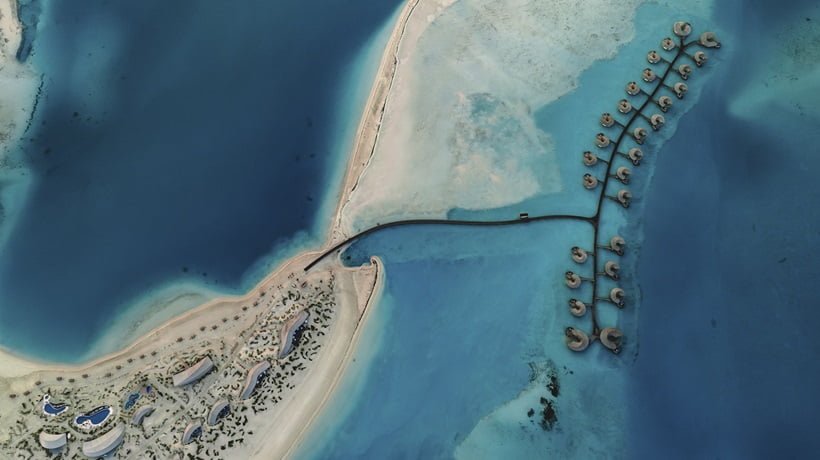
Holistic Approach to Sustainability
Beyond its architectural marvels, the Ummahat 9-3 Hotel project embodies a holistic approach to sustainability. Every aspect of the design, from material selection to construction techniques, prioritizes environmental preservation and long-term durability. By seamlessly merging with its surroundings and embracing nature-inspired elements, the project sets a new standard for sustainable hospitality ventures in the region.
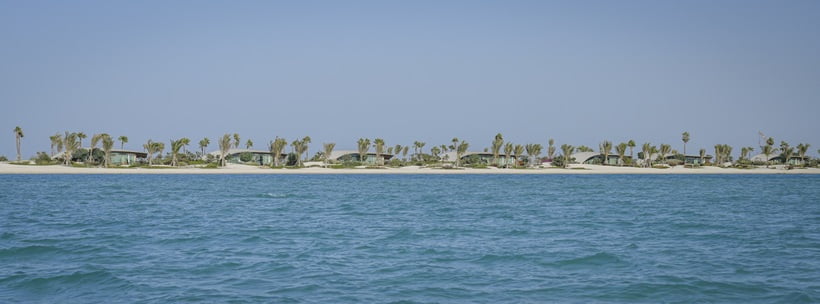
As the Ummahat 9-3 Hotel project takes shape, it stands as a testament to the transformative power of design and innovation. Rooted in a deep reverence for nature and guided by a commitment to sustainability, it promises to redefine luxury hospitality while safeguarding the delicate balance of its island home.

